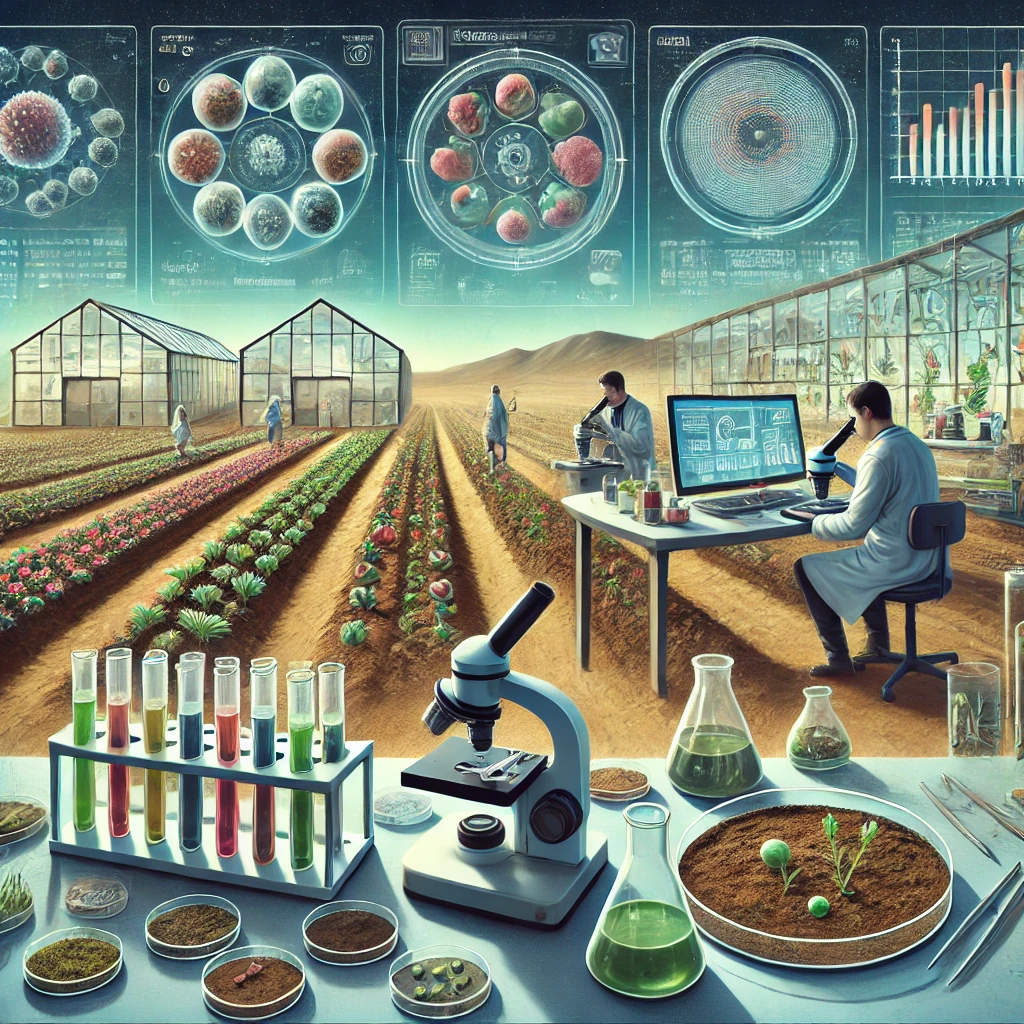Introduction to Soil Microbiomes
Soil microbiomes, comprising diverse microbial communities in the soil, play a crucial role in plant health and pest control. Recent developments in pest control strategies focus on harnessing the potential of soil microbiomes to manage pests sustainably. This essay explores how soil microbiomes are being utilized to develop innovative pest control methods and the implications for agricultural practices.
Understanding Soil Microbiomes
Soil microbiomes consist of bacteria, fungi, and other microorganisms that interact with plants and the environment. These microorganisms can influence plant growth, nutrient availability, and resistance to pests. By studying soil microbiomes, researchers can identify beneficial microbes that enhance plant health and suppress pest populations. Understanding these interactions is key to developing effective pest control strategies.
Enhancing Plant Health Through Microbial Inoculants
One strategy involves the use of microbial inoculants, which are beneficial microbes added to the soil to enhance plant health. These inoculants can outcompete harmful pathogens and promote plant growth, making plants more resistant to pests. For example, certain bacteria and fungi can produce natural pest-repelling compounds or stimulate plant defense mechanisms. Implementing microbial inoculants helps reduce reliance on chemical pesticides and promotes sustainable pest management.
Biocontrol Agents Derived from Soil Microbiomes
Another approach is the development of biocontrol agents derived from soil microbiomes. These agents include microorganisms that naturally inhibit pest populations or diseases. For instance, specific soil bacteria and fungi can act as biological control agents by parasitizing pest insects or pathogens. By isolating and applying these biocontrol agents, farmers can manage pest populations effectively while minimizing environmental impact.
Monitoring and Managing Soil Microbial Diversity
Maintaining and managing soil microbial diversity is essential for effective pest control. Diverse microbial communities can provide a broader range of functions and resilience against pests. Advanced techniques such as DNA sequencing and metagenomics are used to monitor microbial diversity and identify beneficial microbes. Managing soil health through practices like crop rotation and organic amendments supports a balanced microbial ecosystem, enhancing pest control naturally.
Integrating Soil Microbiomes with Precision Agriculture
Integrating soil microbiomes with precision agriculture technologies offers new possibilities for pest control. By combining soil microbiome data with precision farming tools, such as sensors and drones, farmers can apply targeted microbial treatments based on specific soil conditions and pest risks. This approach ensures that microbial interventions are applied efficiently, maximizing their effectiveness while reducing waste and environmental impact.

